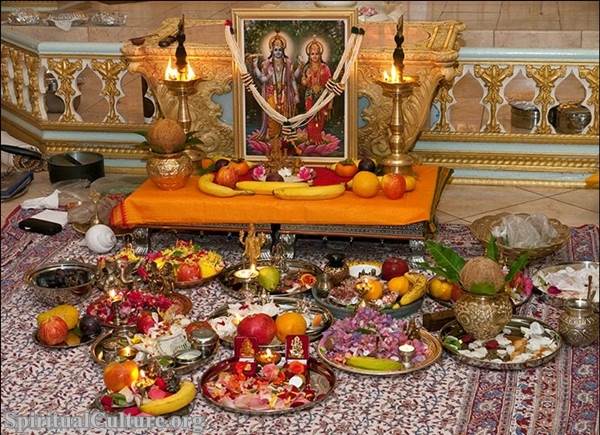Durga Goddess is often depicted with eight or ten arms, each carrying a different weapon, riding a lion or a tiger. Durga Goddess is a multi-dimensional deity with several aspects, each representing a distinct virtue. She is a goddess of strength, courage, war, and protection, and her narrative forms a significant part of the Hindu religion.
Durga Goddess in Hinduism
In Hinduism, the Durga Goddess is revered as the divine mother, the protector of the universe, and the vanquisher of evil forces. Her name in Sanskrit means “the inaccessible” or “the invincible,” signifying her role as the protector. The worship of the Durga Goddess is a major Hindu event, especially during the annual festival of Durga Puja, which is celebrated with great fervor across many parts of India, particularly in West Bengal.

Durga Goddess holds a special place in the hearts of Hindus. She is not just a goddess; she is a symbol of female empowerment and the epitome of moral righteousness. She fights against the forces of darkness and evil, protecting her devotees and ensuring peace and prosperity.
Durga Goddess: The Symbol of Feminine Power
Durga Goddess is often associated with the empowerment of women. She is considered the ultimate embodiment of feminine power or ‘Shakti.’ Her multiple arms signify her immense strength and ability to protect the universe. Each of her weapons represents a unique power. For instance, the trident or ‘trishul’ represents the three fundamental aspects of life – creation, preservation, and destruction. The conch shell, or ‘shankha’, symbolizes the primordial sound of ‘Om’, from which the universe emerged.
The tiger or lion that Durga Goddess rides symbolizes power, will, and determination. This signifies that she possesses unlimited power and uses it to maintain moral order and righteousness in the universe.
Durga Goddess: The Vanquisher of Evil
One of the most popular myths associated with the Durga Goddess is the story of her battle against the buffalo demon Mahishasura. According to Hindu mythology, Mahishasura, a powerful demon, had obtained a boon that any man or god could not defeat him. He began to cause havoc in the universe, challenging the balance of good and evil. To restore peace, all gods combined their powers and created Durga Goddess. She was bestowed with various weapons from different deities and was tasked with the elimination of Mahishasura. After a fierce battle, the Durga Goddess defeated the demon, restoring peace and harmony in the universe. This story symbolizes the triumph of good over evil.
Conclusion
Durga Goddess is a beacon of hope, a symbol of courage, and an embodiment of feminine power in Hinduism. She is the divine mother who protects her children and fights against evil forces. The worship of the Durga Goddess is not just an act of devotion but also a celebration of feminine power and the victory of good over evil. The reverence for Durga Goddess in Hinduism highlights the religion’s emphasis on moral righteousness, protection of the weak, and the balance of cosmic forces. Her narrative continues to inspire millions of Hindus around the world, encouraging them to uphold values of courage, righteousness, and compassion in their lives.

